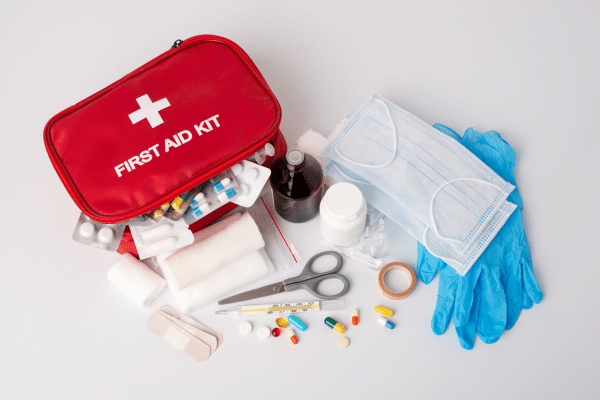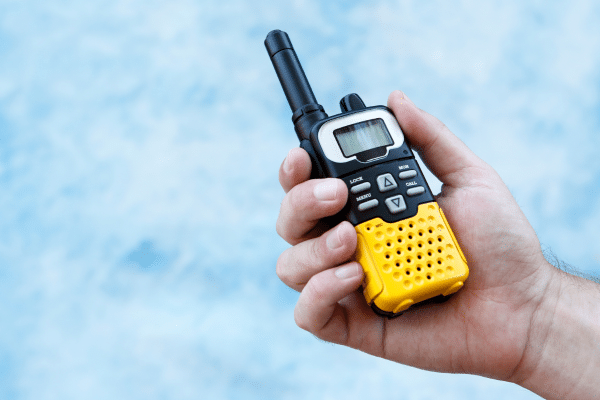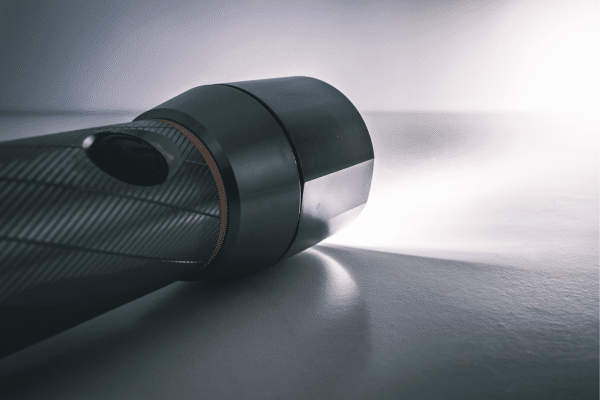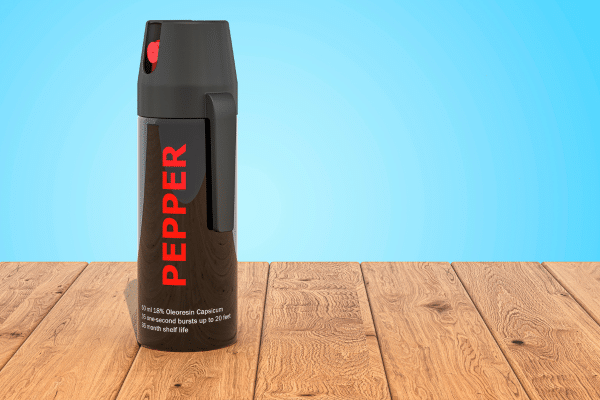In today’s unpredictable world, having a safe room is more than just an added security measure; it’s a necessity for many homeowners. Equipped to withstand natural disasters, home invasions, and other emergencies, these specialized spaces can provide invaluable peace of mind. Yet, the true efficacy of a safe room is determined by the essential items stocked within it. The following recommendations will guide homeowners in assembling a well-prepared safe room, ensuring optimal protection and comfort during a crisis.
Contents
First Aid Kit

A well-stocked first aid kit can be a lifeline in emergency situations, making it a non-negotiable item for every safe room. From small cuts and bruises to more significant injuries, having the tools at hand to administer initial medical care can make a significant difference. An ideal kit should encompass a variety of bandages, antiseptics, pain relievers, and essential medications tailored to the individual needs of the home’s residents.
Beyond the basics, a robust first aid kit should also include tools for more severe situations. Think of items such as tourniquets for controlling bleeding, burn creams, and even an automated external defibrillator (AED) if budget permits. Remember, the goal is to address immediate medical needs while awaiting professional medical attention, ensuring the highest chance of survival and recovery.
Water And Non-Perishable Foods

Hydration and nutrition are paramount during emergencies, and ensuring a reliable supply within a safe room can sustain individuals during prolonged periods of confinement. Experts recommend having a three-day supply of water on hand, considering the potential length of stay in the safe room. Stored in clean, food-grade containers, water should be regularly rotated to ensure freshness and potability.
When it comes to food, non-perishable options offer the best shelf life and require minimal preparation. Consider stocking items such as canned goods, which provide both hydration and nourishment, energy bars for quick energy boosts, and dried fruits and nuts for sustained nutrition. Choosing foods that don’t induce excessive thirst and are easy to digest can further enhance the experience of hunkering down during emergencies.
Communication Devices

In a crisis, staying informed and maintaining a line of communication can be a lifesaver. A battery-operated radio, for instance, can provide crucial updates about external situations, such as weather alerts or evacuation advisories. Moreover, during power outages or when regular communication networks are down, having alternate communication methods can make all the difference.
Satellite phones, though a pricier option, allow contact with the outside world even when traditional cellular networks fail. On a simpler note, a whistle can be a vital signaling device, drawing attention to one’s location or warning others of danger. Regardless of the method, maintaining a way to communicate both externally and internally within the household is paramount in emergencies.
Lighting And Power Sources

The absence of light can amplify the stress of an already challenging situation. Adequate lighting aids in navigating the safe room, reading, or performing vital tasks. Flashlights, especially those with LED bulbs, are a staple, offering long-lasting illumination. For extended power outages, solar-powered chargers or lanterns can provide a sustainable source of light and energy.
In addition to lighting, power sources play a critical role in charging devices or running small appliances. Backup batteries, particularly those designed to power devices over extended periods, are indispensable. Consider including manual chargers or hand-crank generators in the safe room. These tools can generate power when traditional sources fail, ensuring continuous operation of essential devices.
Defense And Safety Tools

In the event of a crisis, the ability to defend oneself and loved ones can be vital. It’s important to have tools on hand that can be used safely and effectively by those within the safe room. Pepper sprays, for instance, are non-lethal and can deter potential threats, giving occupants a chance to react or call for help. These sprays can incapacitate an intruder temporarily, allowing for a window of escape or intervention.
Safety alarms, too, play a pivotal role. These devices, when triggered, can sound a loud alert to deter intruders or notify neighbors of a possible breach. On another note, fire is an often-overlooked threat in tense situations. Fire extinguishers are indispensable in addressing this risk. Alongside these tools, items like heavy-duty gloves, safety goggles, and noise-making devices like air horns can also be included to enhance safety measures and provide diverse defensive options.
Clothing And Warmth

Maintaining a comfortable body temperature is crucial, especially during extended periods of confinement or in extreme weather conditions. Hypothermia, the drop in body temperature due to prolonged exposure to cold, can be a silent threat, even indoors. Hence, keeping a stock of warm blankets and insulated clothing can help in staving off cold-related health issues.
Beyond blankets, think of items like moisture-wicking base layers, warm socks, and even hand and foot warmers. Waterproof clothing can also be beneficial, particularly if there’s a risk of flooding or water exposure. Having a dedicated set of clothes in the safe room ensures they remain clean, dry, and ready for use when required.
Important Documents And Cash

Emergencies often come with unexpected aftermaths, and having quick access to vital documents can be invaluable during recovery phases. Identification papers, insurance details, property deeds, medical records, and other critical documents should be safely stored in the safe room, preferably inside waterproof bags to prevent any potential damage.
A stash of cash, both bills and coins, is equally crucial. In instances where electronic transactions fail, or ATMs are inaccessible, having cash on hand can facilitate the purchase of essential goods or services. Remember, in the midst of a crisis, these tangible assets can ease transitions and provide a level of financial security.
The Bottom Line
A safe room’s effectiveness hinges on its preparedness level. Equipping it with essential items not only ensures the physical well-being of its occupants but also provides psychological comfort in knowing that one is prepared for various eventualities. From medical supplies to vital documents, each component plays a critical role in the overall safety and security of the space. As the adage goes, “It’s better to have it and not need it than to need it and not have it.”



